Arthrosis and arthritis are diseases in which joint damage occurs. Therefore, as well as because of the coordination of names, many people do not understand the difference between arthrosis and arthritis and perceive them as something similar. Meanwhile, arthrosis and arthritis are far from the same thing.
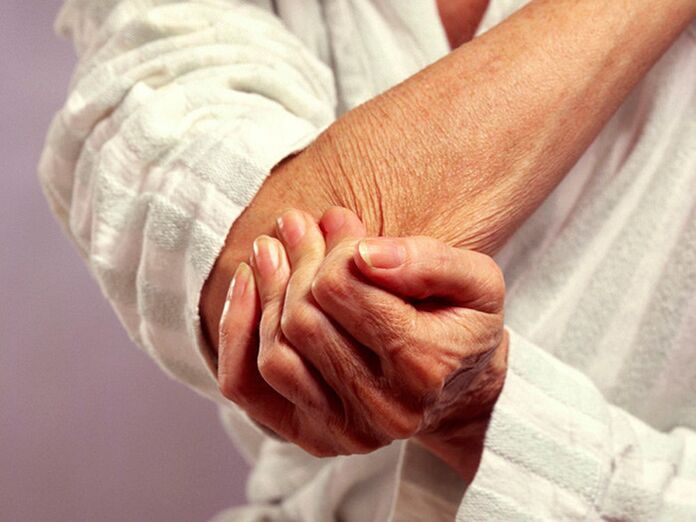
Arthrosis is a gradual continuing age -related joint deformity; Arthrosis most often develops in the elderly (45 years and more). Arthritis, on the contrary, more often begins at a young age (up to 40 years). Although in both cases there are exceptions: sometimes arthritis occurs in a person who is 60-70 years old (usually this happens after severe flu, colds, hypothermia, stress); Or arthrosis begins with a person who is not yet 40 (after severe injuries, fractures or professional athletes). Arthrosis is a disease in which only joints suffer. The rest of the body with arthrosis, simplified, does not participate in the process.
Arthritis, on the contrary, is an inflammatory disease of the whole body; And inflammation of the joints with arthritis is only the "tip of the iceberg", under which some other processes that take place inside the body are hidden. Inflammation of the joints with arthritis can show their swelling, redness and severe pain that do not go away at rest, and sometimes even increases at night. Often they hit the internal organs - most often the heart, liver and kidneys. And sometimes, if the proper treatment is not performed, the complications of some arthritis can be a very serious threat to the patient's life. Fortunately, arthritis is detected several times less than arthrosis.
The causes of joint pain
Diseases of the joints and joints of the spine can also be divided into two large groups: dystrophic processes and inflammatory processes. Therefore, the causes of these conditions are different in the treatment of such processes there is a big difference. It is probably clear that the success of treatment depends to a large extent on the proper and carefully performed diagnosis and examination. As a rule, X -rays and laboratory tests of blood are taken and, if necessary, a more detailed study -NMR of the joints.
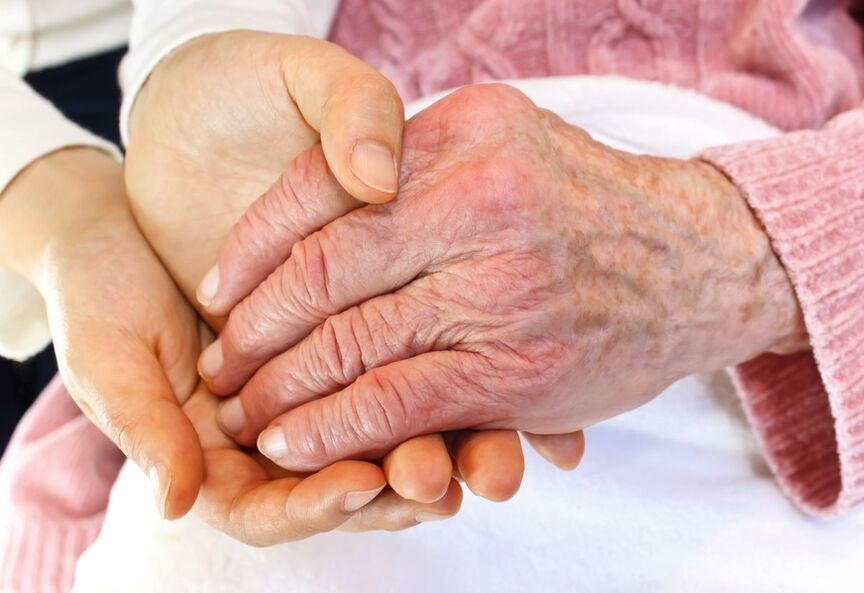
Inflammation
The names of these diseases, as a rule, have an end to it - arthritis, spondylitis, polyarthritis and more. This group also includes Busterev's disease. They are manifested by inflammation of the tissues of the joints of the arms, legs and spine. The characteristic symptoms are pain, morning stiffness, red and hot skin at the site of swelling, limiting mobility in one or more joints, an entire spine, deformity of the joints over time and the progression of the disease. Inflammatory joint diseases can be of the following origin:
- Autoimmune or infectious-allergic aggressive immunity in connection with the joint tissue;
- Disruption of metabolism - is generally accompanied by the formation of salts crystals in the joints of the joints and periarticular tissues, which leads to their inflammation;
- Infectious - bacterial or viral inflammation of one or more joints.
Arthrosis
Arthrosis is a condition of the joints, which happens with a natural course of years. Its main symptoms are pain and restriction of movement. Arthrosis is widespread - arthrosis is 10 to 15% of all Earth's inhabitants. Primary arthrosis is a disease that naturally occurs due to changes associated with cartilage age. Arthrosis can develop earlier or later in life due to hereditary predisposition, metabolic disorders, increased joint loads related to working conditions or excess weight. The age of arthrosis has recently been younger and the disease develops at the age of 30-40 years. At the same time, women suffer 2, 5 times more than men. In most cases, 30% of people already have changes in the joints by 50 years, and by the age of 60, certain manifestations of arthrosis appear in almost all and the difference in the field is already absent.
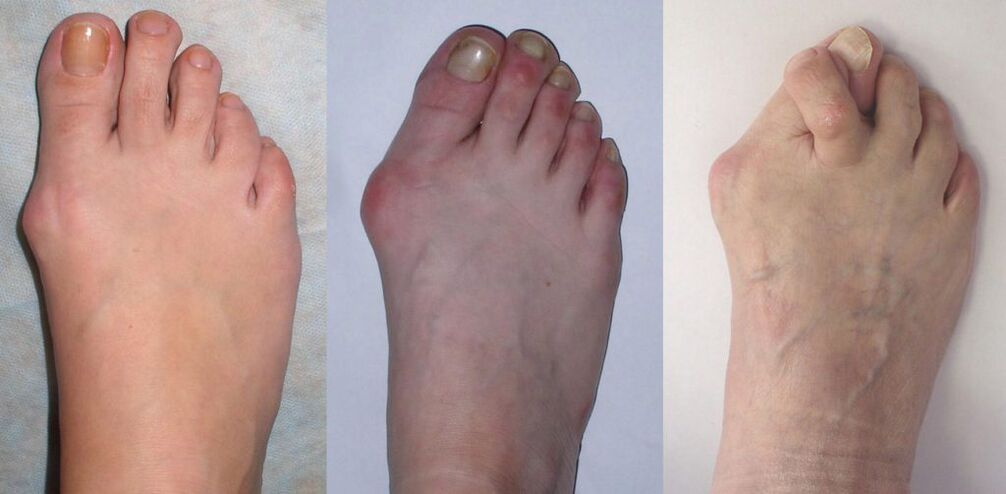
Secondary arthrosis is the result of the trauma that has suffered. It can develop at any age. Usually the surface of the joint is absolutely uniform, smooth and supple. They move freely, gliding thanks to the joint fluid that plays the role of lubrication. At the same time, the surface of the joint, due to its elasticity, is slightly bent in places of the highest pressure, redistributes the load, which makes it more evenly and works as a shock absorber. With arthrosis, cartilage covering the surface of the joint changes. With arthrosis in some places, the cartilage becomes smoother and worsens, in others it grows and changes, losing the normal structure. Small fragments of cartilage appear in the joint fluid, and the joint fluid itself changes in quantity.
In the beginning, due to a decrease in the amount of joint fluid, the normal operation of the joint is disturbed and pain occurs during movement. As a rule, they arise after intense physical work, pass by if you give a joint rest, but come back, you just have to resume load. At the same time or a little later, the joint begins to hurt at night. The soft tissues around the joint are inflamed, they "swell" and excessive fluid may appear in the joint. Fire out. The result of a slow inflammatory reaction. This is due to the modification of its own joint tissue. Now the fabric is not local. And it is good if the immune system does not start to "attack" such tissue.
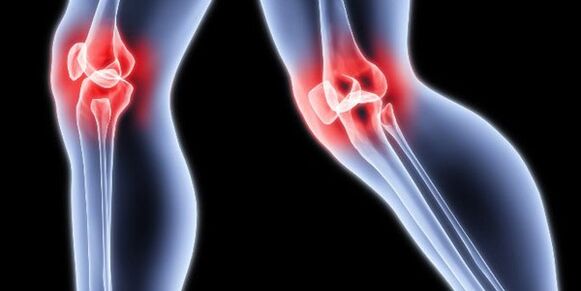
Symptoms
The main symptoms of arthrosis: severe joint pain during movement, deformity of the joints, reduction of joint mobility. In case of neglect of arthrosis, joint immobility occurs. The symptoms of arthrosis are completely different, but the most distinctive of them is joint pain. Most often, this happens in cases where there is some load or mechanical damage to the affected area. In general, four large groups of symptoms can be distinguished that directly characterizes disease such as arthrosis:
- Pain;
- Crunch;
- Reduction of mobility;
- Deformation.
The decrease in mobility is manifested at the latest stages of the development of the disease. This is due to the fact that the muscle muscles are gradually spasmodic and the gap in the joint disappears. The deformity of the joint is directly related to the fact that osteophytes are formed on its surface. Most often, this symptom occurs with a long absence of adequate treatment of the disease. Symptom arthrosis and joint treatment may have different ones. This is influenced by many different factors. Before you start therapy, it is very important to make a complete diagnosis of the disease.
Arthrosis and osteoarthrosis
These consonant diseases are similar in combination with letters, symptoms. Doctors were separated: some claim that arthrosis and osteoarthrosis are different names of one disease, others that the differences are not only in the name. Osteoarthrosis is a progressive arthrosis that occurs due to the wear of cartilage tissue. This happens in men, women as a rule over forty years. What is the difference between arthrosis and osteoarthritis? The resemblance is obvious, both diseases affect cartilage tissue, carry pain and enchant the movements of a person. There are similarities in the treatment of diseases. The presence of joint problems has shown that a patient with excess weight, diet for weight loss, strengthening of cartilage tissue reduces the load and avoids complications from the course of the disease. Doctors advise eating low calorie content, there are more vegetables, fruits as they contain antioxidants that help reduce inflammation in the cartilage tissues of the body.
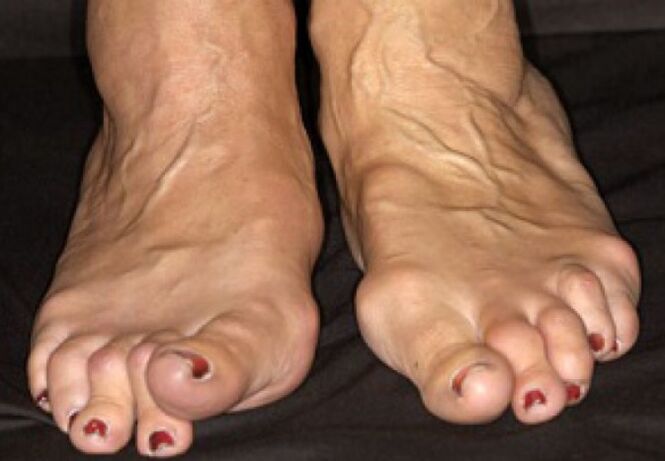
It is advisable to add oily varieties to the diet because of the omega-3 content. It is useful to use olive oil, has an anti -inflammatory effect, use Vitamin C more to restore connective tissues faster. In both cases, therapeutic exercises are shown, physiotherapy strictly according to the testimony of the attending physician. It is worth reducing physical activity during acute inflammation, wear of orthopedic fixers for removal, proper load distribution.
Arthritis
Arthritis - literally means "inflammation of the joints", a pathology that affects connective tissue, causes joint pain, swelling, degeneration, damage. Both men and women, children and adults. About 350 million people worldwide have arthritis. The causes of arthritis depend on various factors such as lesions (leading to arthrosis), metabolic disorders (such as gout), heredity, bacterial and viral infections, immune dysfunction (eg rheumatoid arthritis and systemic lupus). Most often, arthritis is classified as one of the rheumatic diseases. The cause of arthritis may be traumatic, metabolic, infectious, autoimmune and idiopathic origin. The appearance of different existing arthritis depends on the origin of the causes.
Signs of arthritis, symptoms
Symptoms of arthritis are pain not only on the move, but also at rest, swelling, swelling, morning stiffness in the joints, the skin above the joints can be hot to the touch. The movements are painful, but they do not stop, limited to soft tissue swelling. Symptoms depend on the course of the disease and the period. Acute and chronic conditions. The appearance of stage and type - acute arthritis of the joints, can occur sudden, severe pain and fever, redness at the site of inflammation, the main symptoms of the condition. The chronic course of the disease goes slowly and progresses gradually. The danger is that the disease can go into chronic form. The symptoms are varied, they are similar as they tend to affect the joints, muscles, ligaments, cartilage and tendons and many of them can affect other areas of the body.
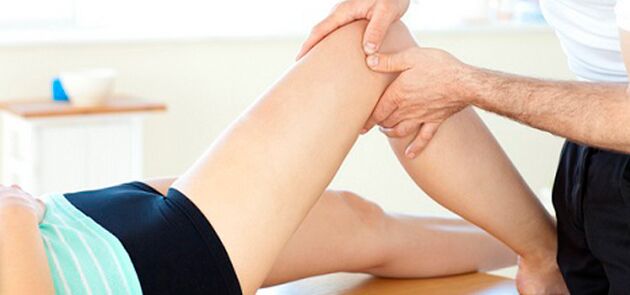
Symptoms:
- The hardness of the joints is observed when the joints and muscles are firm in the morning, to such an extent that it is impossible to walk or get out of bed. For those who suffer from rheumatoid arthritis, it may take several hours before it can move seamlessly. Mobility Restriction.
- Edema.
- Redness in the area of defeat.
- Muscle weakness.
- Many forms of arthritis can cause symptoms that affect different organs of the body: fever, lymph nodes, weight loss, fatigue, general malaise.
Type
Osteoarthritis is the most common type of arthritis. It is characterized by an inflammatory condition. It occurs due to the gradual deterioration of the cartilage layer covering the joint surfaces. The risk factors of osteoarthritis are different; Among the most important ones: the advanced age associated with female, injuries and obesity. Osteoarthritis can affect any joint, but there is a tendency for the joints of the hands, knees, hips and joints of the spine. In addition to the pain, stiffness of the joints is added, swelling, reduction of the ability to move, this is due to the formation of osteophytes (or bone spurs). At an advanced stage, osteoarthritis makes the use of joints very difficult.
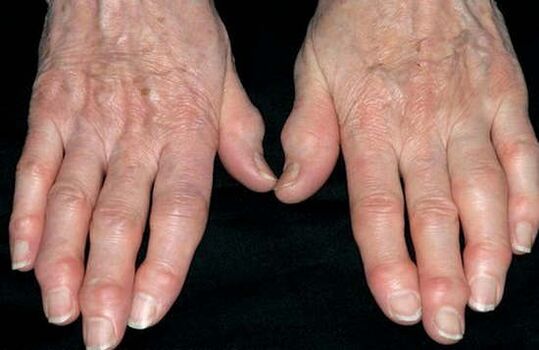
Unfortunately, there is no cure for arthritis of this type, there are only symptomatic treatments, that is, aimed at reducing existing symptoms. For therapeutic purposes and preventive goals, doctors recommend that they be active and practice permanent therapeutic exercise. Rheumatoid arthritis is an autoimmune disease or disorder that occurs as a result of a malfunction of the immune system. Various studies show that it has several risk factors, the most important are: genetic predisposition, female belonging, ages 40 to 60, smoking, herpes viruses and Epstein Bar virus (VEB). This type of arthritis attacks the joints in the synovial membrane and in turn causes a change in the entire structure of the joints, with damaged joint surfaces and joint cartilage, with weight loss and stretching of the ligaments and with a joint capsule that changes its shape. At the beginning of rheumatoid arthritis, inflammation mainly affects the joints of the fingers and toes.
How to distinguish these diseases?
In some cases, confusion occurs in various diseases because people who are a little familiar with medicine believe that arthritis and arthrosis are the same thing. In fact, this is not because in the first case the disease is an acute inflammatory, and in the second - a long, more pronounced chronic. Due to such nuances, independent treatment without a doctor is very risky, so it is not recommended - do not risk suicide. The main difference between arthritis and arthrosis: with arthrosis, the basic destructive activity is performed not through inflammatory but by degenerative processes in the articular cartilage. If the joint is very injured and swollen while you feel "not very", the movements in the joint are painful and there is a "crunch" during movements, the skin is hot to the touch is a high probability of arthritis.
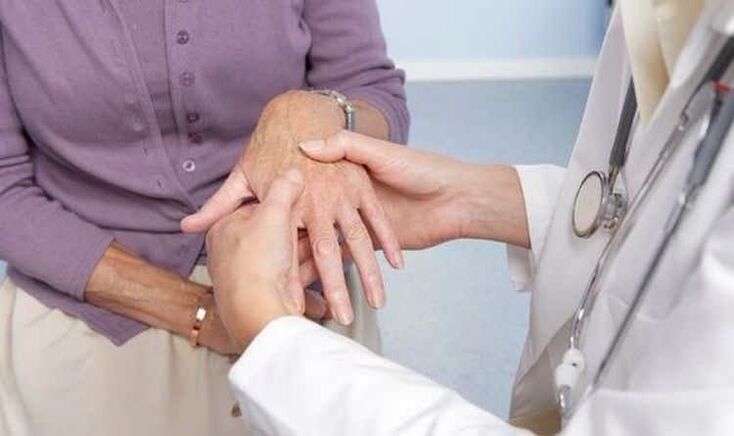
If the joint does not hurt, it is possible to say constantly and over time (months of suffering) changes its shape, while the foot, arm or back gradually become limited in the amount of its movements, and from month to month we can say more and worse. SSThis is more likely to be arthrosis of the joint (World War II). Mostly young people are ill with arthritis, in the amount of slightly less than two percent of the entire population on the planet. Arthrosis is more common diseases, covering about ten percent of all humanity. Accordingly, young people get sick of arthrosis rarely and the problem is an increase in the frequency of older generations. After passing the threshold of 50, about 30% have different forms of arthrosis. This or other joint deformity at the age of 70 is found in almost 50% of cases. It is very important to note that the effect of arthrosis extends to the joints and does not transfer to other tissues, bones or organs. With arthritis, inflammatory processes occur throughout the body and inflamed joints are just their most noticeable manifestation.
























